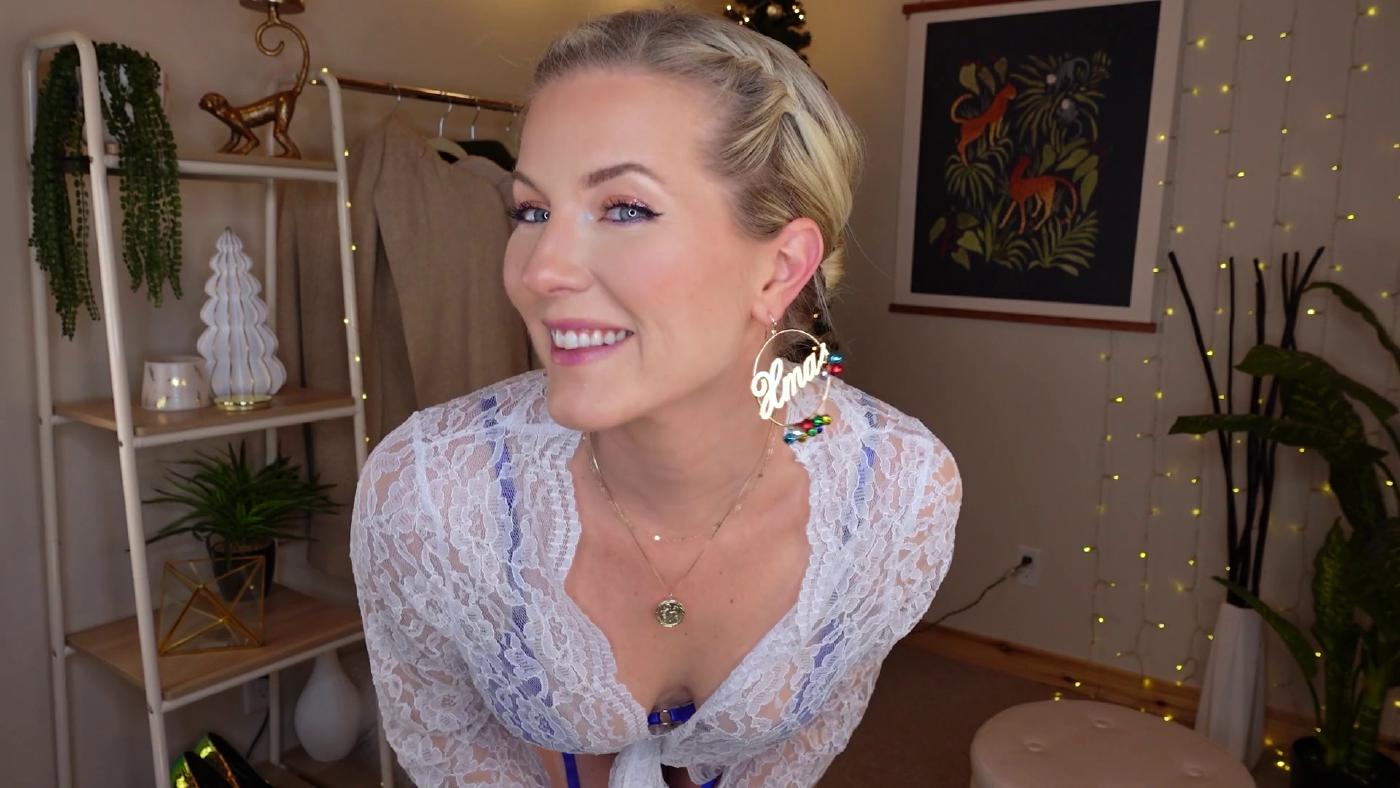Is the pursuit of viral fame corrupting the very essence of influence? The "influencers gone wild" phenomenon is a symptom of a deeper societal shift, where the relentless chase for attention on social media is pushing boundaries and blurring the lines between entertainment and recklessness.
The digital realm, once heralded as a democratizing force, has become a battleground for eyeballs, likes, and shares. This landscape, characterized by its insatiable hunger for novel content, has inadvertently cultivated a culture where authenticity is often sacrificed at the altar of virality. Influencers, the modern-day arbiters of taste and trend, find themselves caught in this maelstrom, navigating the treacherous waters of online popularity. The pressure to remain relevant, to continually capture the fleeting attention of the masses, has led some to engage in increasingly audacious and, at times, dangerous behaviors. This has given rise to the unsettling trend known as "influencers gone wild."
This "gone wild" behavior is not confined to any specific niche or platform. It permeates the digital landscape, manifesting in various forms, from the staging of elaborate, often dangerous, stunts to the promotion of dubious products and services. Offensive content, designed to shock and provoke, also finds its way into the feeds of millions, as influencers capitalize on the inherent human fascination with the unusual and the taboo. The result is a constant stream of content that, while generating immediate engagement, often lacks substance and, in many cases, contributes to the erosion of ethical boundaries.
| Category | Details |
|---|---|
| Term | Influencers Gone Wild |
| Definition | A term used to describe online creators, particularly social media influencers, who engage in irresponsible, reckless, or dangerous behavior to gain attention, increase popularity, or maintain relevance. This can include illegal stunts, offensive material, or promotion of dubious products. |
| Common Behaviors |
|
| Motivations |
|
| Consequences |
|
| Impact on Digital Culture |
|
| Examples |
|
| Mitigation Strategies |
|
| Related Terms |
|
| Reference Website |
One of the key drivers behind this phenomenon is the intense pressure that influencers face to consistently generate engaging content. The algorithms of social media platforms are designed to reward content that sparks emotion, prompting users to react, share, and comment. This has created a race to the bottom, where influencers feel compelled to push boundaries, to shock and awe, in order to maintain their relevance and attract new followers. This pressure is compounded by the economic realities of the influencer industry, where brand deals and sponsorship opportunities are often tied to follower counts and engagement rates.
The consequences of "going wild" can be severe. The potential for public backlash, often referred to as "cancel culture," looms large. Influencers who cross the line risk losing their audience, their brand partnerships, and their reputations. The digital space is unforgiving, and a single misstep can lead to a cascade of negative repercussions. There are also legal and financial implications to consider, especially when the "wild" behavior involves illegal activities or the promotion of harmful products. Consider James Charles, whose own "cancel culture moments" served as a cautionary tale for others in his field.
The blurring of lines between entertainment and ethical behavior has led to a general sense of mistrust towards the influencers and has forced the platform to implement stricter guidelines to curb unethical behavior. As audiences become more aware of manipulative tactics, brands and platforms must implement stricter guidelines to curb unethical behavior. The future of "influencers gone wild" depends on greater accountability and a shift towards more responsible content creation.
Beyond the individual consequences, the "influencers gone wild" trend has broader implications for digital culture. Shocking trends and viral moments set by social media influencers have a powerful impact on digital culture, often setting trends and entertaining audiences worldwide. It can normalize reckless behavior, promote unrealistic expectations, and erode public trust in the influencer ecosystem. The constant exposure to curated, often unrealistic, content can lead to a distorted perception of reality, particularly among younger audiences who are still developing their sense of self.
One should also not forget the concept of "Influencers in the wild", which is a comedic account highlighting candid moments of influencers in an attempt to create a perfect photo or video. It serves as a satirical commentary on influencer culture.
The evolution of digital fame, the need for authenticity, and the responsibility of both the influencer and the platform are crucial. The industry is at a crossroads, and the choices made now will shape the future of social media and its influence on society. Will the emphasis be on likes and views, or will it prioritize the well-being of both the creators and their audiences? The answer will determine whether the "influencers gone wild" trend is a fleeting phenomenon or a sign of a deeper, more problematic shift in the nature of online influence.
As "influencers gone wild" continues to unfold, the need for media literacy and critical thinking skills becomes increasingly important. Audiences must learn to discern between genuine content and manipulative tactics, to question the motives behind the messages they consume. Platforms and brands have a significant role to play, too, by establishing clear ethical guidelines, enforcing them rigorously, and supporting content creators who prioritize responsible and authentic engagement.
As the digital landscape evolves, so must the conversation around "influencers gone wild." It is not just about pointing fingers at those who push the boundaries; it is about understanding the systemic factors that contribute to this trend and working towards a more balanced and ethical digital ecosystem. The responsibility falls on influencers, platforms, brands, and, most importantly, the audience to collectively shape a more responsible and sustainable future for social media.


